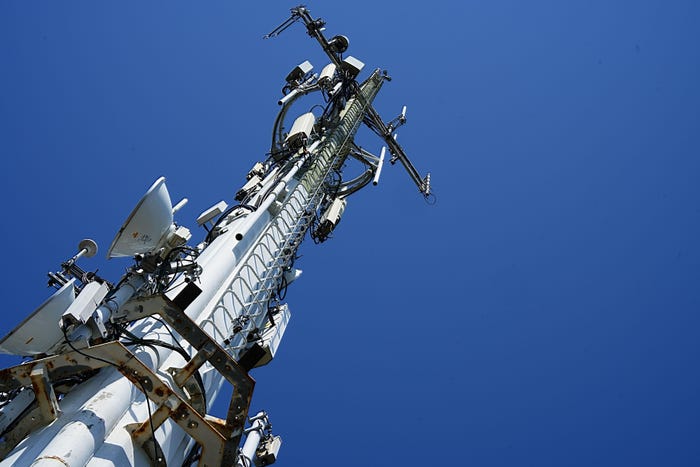SpaceX, Iridium boast of resilience during geomagnetic storm
A massive geomagnetic storm hit Earth on May 10-11, prompting the FCC to investigate its effects on telecom networks. Now, satellite companies, including SpaceX and Iridium, are detailing their experiences.

A "once-in-a-generation" geomagnetic storm in May had little effect on the satellite operations of both Iridium and SpaceX's Starlink, the companies told the FCC.
"Iridium thanks the commission for the opportunity [to] discuss [the] impact of the storm on satellite network operations and is proud to report that Iridium's resilient network handled the storm extremely well with no service impact to its customers, due in large part to Iridium's experience operating satellites and its advanced network equipment," the company wrote in a filing to the FCC this week. Iridium sells satellite services to a variety of customers, including those in the telecom industry.
SpaceX offered a similar take.
"While equivalent terrestrial storms like hurricanes of this magnitude have knocked out ground-based networks, SpaceX was fortunately able to maintain service throughout the May solar storm," the company wrote. "Indeed, on the day of the storm's peak on May 11, the average Starlink user saw less than one minute of disruption. Since then, SpaceX's satellite communications have continued nominally without degradation for users."
SpaceX counts roughly 3 million customers to its Starlink Internet service, and the company is expanding into other areas, including supplying connections directly to T-Mobile's phone customers. Starlink officials recently boasted of 90 operational satellites capable of such "direct to cell" connections.
In general, both Iridium and SpaceX trumpeted their efforts to design resilience into their networks. SpaceX, for example, wrote that its roughly 6,000 low-Earth orbit (LEO) satellites weathered the storm "thanks to a combination of automatic stationkeeping and collision avoidance, as well as years of first-hand on-orbit experience."
Iridium also pointed to its experience with previous geomagnetic storms, and as a result has designed its satellites "to be highly resilient, with the ability to maneuver the constellation very quickly without impacting service to customers."
The reports are noteworthy considering the FCC is considering expanding the scope of its mandatory network-outage reporting requirements.
The reports from SpaceX and Iridium stem from a massive geomagnetic storm that hit the Earth on May 10-11. The storm, caused by solar activity, disturbed Earth's magnetic field in a way that "culminated in a remarkable display of the aurora borealis overnight," according to NASA. The effect was "visible from many areas worldwide, including latitudes where sightings of auroras are uncommon," the US space agency continued.
'Extreme' storm sparked FCC investigation
The storm was rated G5, or "extreme," which is the highest level on the NOAA (National Oceanic and Atmospheric Administration) Space Weather Scale. Such events can affect power networks, spacecraft operations and other systems.
Shortly after the storm, the FCC said it would investigate its effects.
"On May 11, 2024, the FCC High Frequency (HF) Direction Finding Center, which supports the public safety community and federal partners by locating interference to radio spectrum below 30 MHz, observed significant disturbance in the propagation of HF radio signals," the FCC wrote later in May. "This disturbance resulted in the disruption of voice and data communications passed over HF frequencies."
Continued the FCC: "To better understand the impacts of the geomagnetic storm on the US communications sector, the [FCC's Public Safety and Homeland Security] Bureau is requesting information from communications service providers and the public regarding disruptions in communications between May 7 and 11, 2024, that it believes to be a result of the storm."
The FCC's proceeding is still open, and it's likely that other companies will detail their own experiences with the storm.
About the Author(s)
You May Also Like



.jpeg?width=700&auto=webp&quality=80&disable=upscale)










